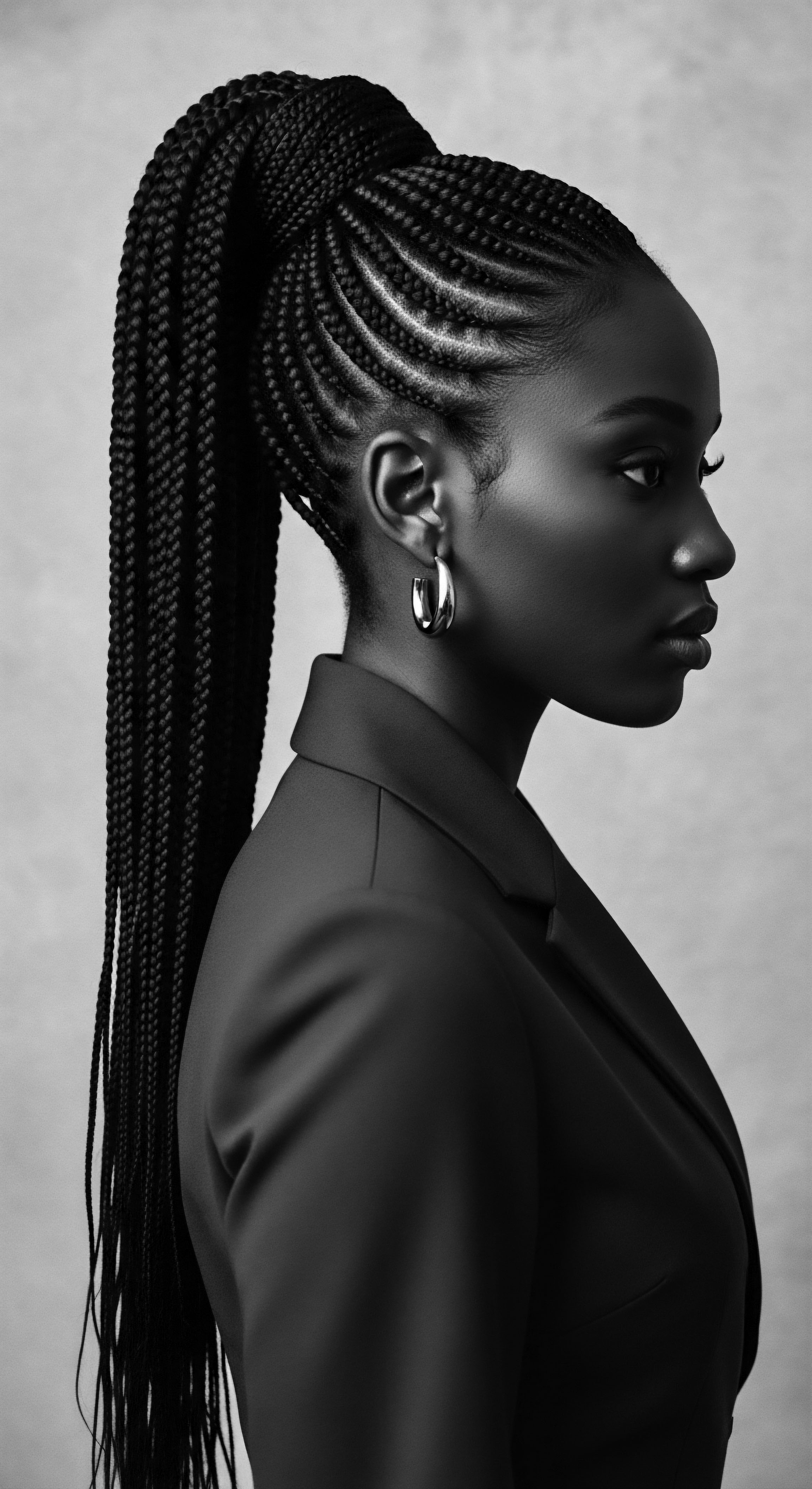
In what ways did enslaved people use hairstyles to preserve heritage?
Enslaved people used textured hairstyles as secret maps, hidden repositories for seeds, and powerful symbols to preserve identity and ancestral heritage.
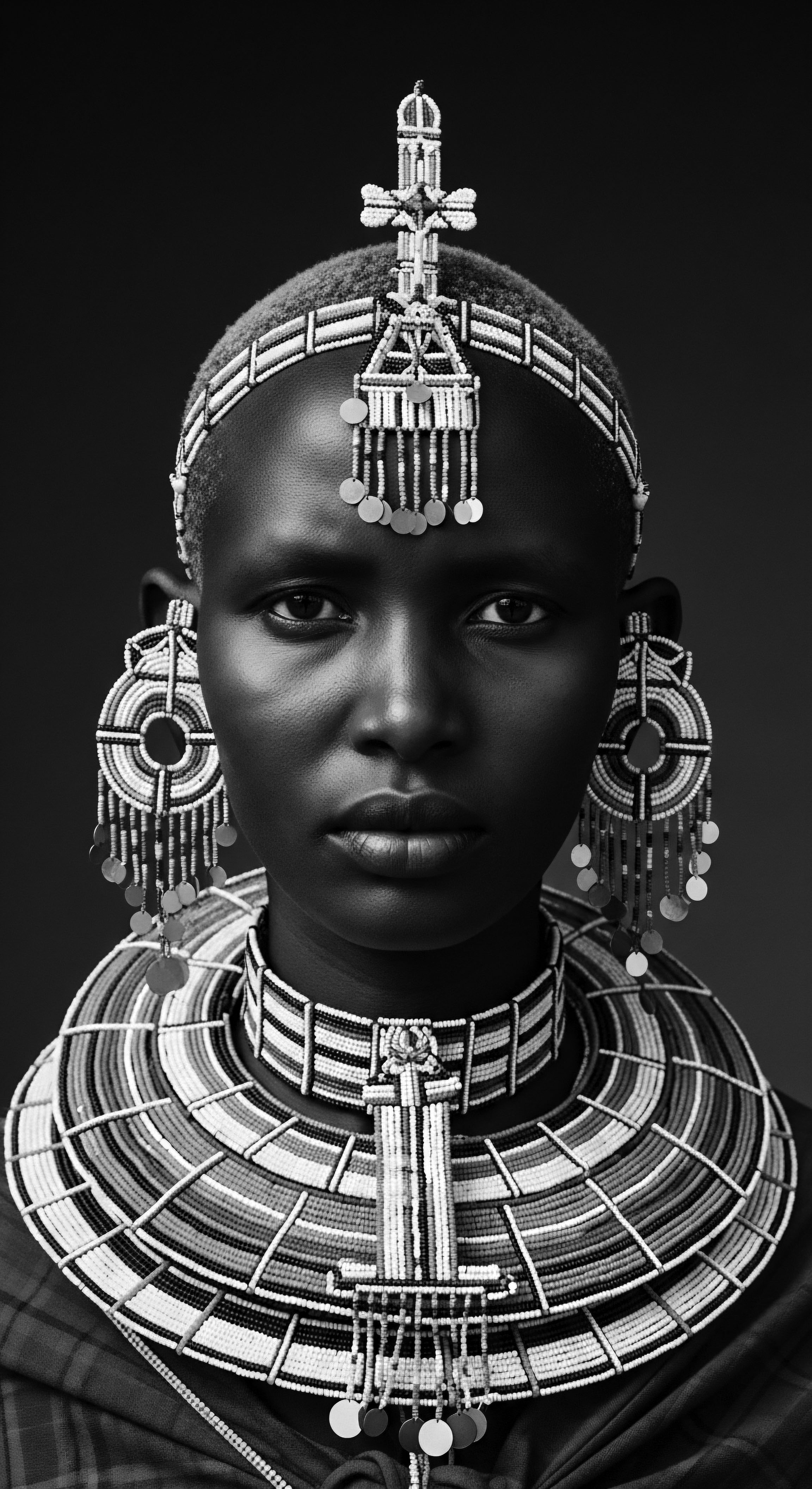
How did textured hair care adapt during the era of enslavement?
Textured hair care adapted through ingenious improvisation, secret communal rituals, and the transformation of traditional practices into acts of enduring heritage and subtle resistance.

What historical hair traditions inform modern textured styles?
Historical hair traditions deeply inform modern textured styles through ancestral practices of care, community bonding, and resistance.

In what ways did textured hair symbolize resistance during historical oppression?
Textured hair symbolized resistance by acting as a canvas for coded communication and a profound assertion of cultural identity.

Why was hair moisturizing an act of resistance across heritage?
Hair moisturizing became resistance across heritage by preserving self-identity and cultural memory against forces of oppression.

South America Hair
Meaning ❉ South America Hair defines the diverse textures, ancestral care practices, and profound cultural significance of hair across the continent.

What historical roles did textured hair play in expressing identity?
Textured hair has historically expressed identity through social status, spiritual connection, and acts of resistance, profoundly linking to Black and mixed-race heritage.

How did the transatlantic slave trade impact textured hair practices?
The transatlantic slave trade distorted African hair practices, yet profound resilience sustained a rich heritage of identity, care, and resistance.

What historical examples connect textured hair care to resistance?
Textured hair care's history reveals its role as a powerful, enduring act of cultural and personal resistance, deeply rooted in heritage.

What historical rules impacted textured hair care?
Historical rules profoundly impacted textured hair care by attempting to control appearance and identity, forcing adaptation while sparking resilience and preservation of heritage.

In what ways did ancient hair practices communicate identity and heritage?
Ancient hair practices conveyed rich identity markers and heritage through intricate styles, rituals, and even silent acts of resistance.

In what ways did textured hair become a symbol of resistance across history?
Textured hair became a symbol of resistance across history through its deep connection to ancestral identity, cultural preservation, and defiant self-expression.

In what ways did hair practices symbolize heritage and resistance?
Hair practices served as a visual language of heritage and an act of resistance, deeply connected to textured hair identity and ancestral memory.
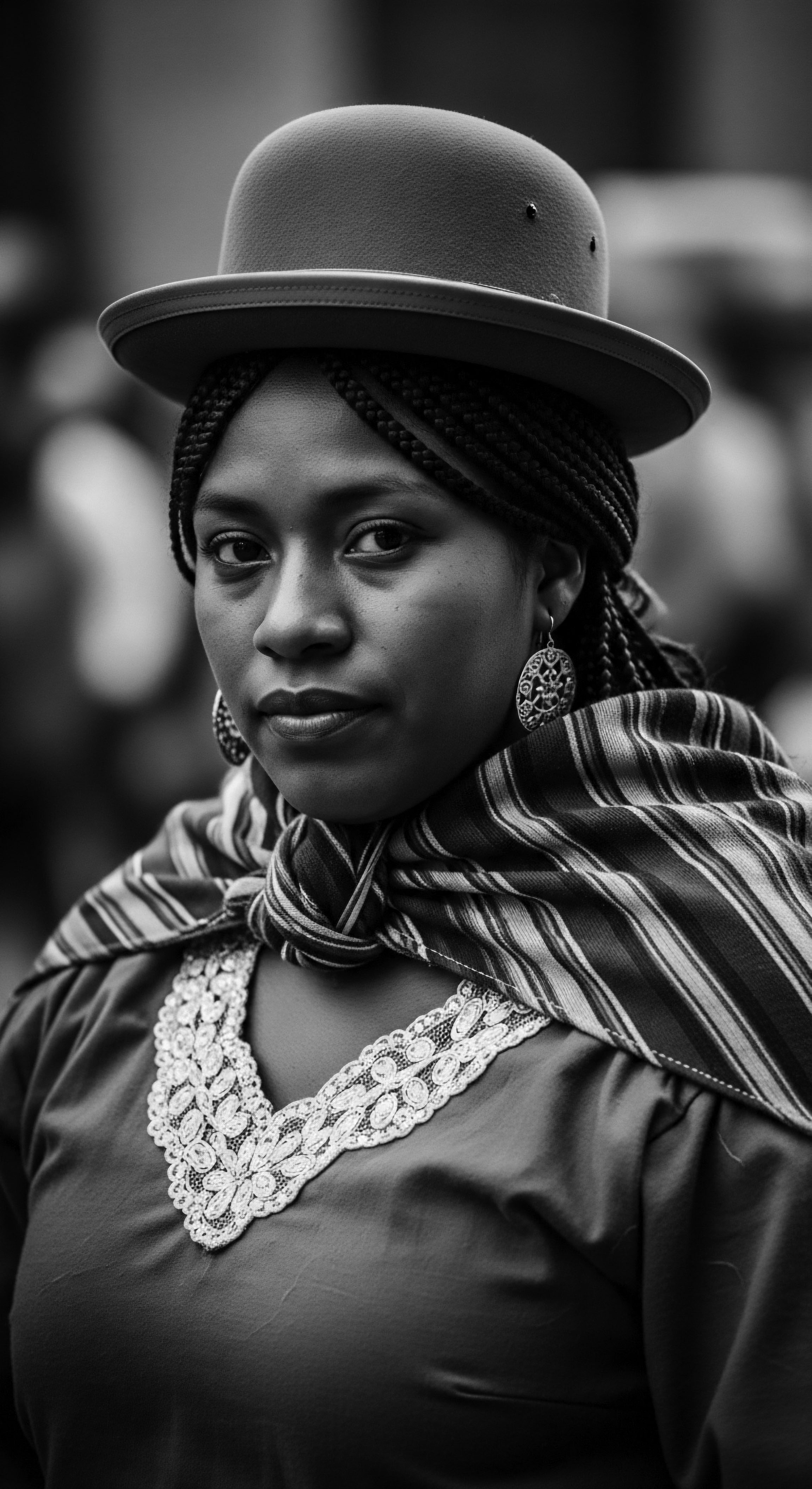
In what ways did African communities use hair as communication?
African communities used hair as a complex visual language, conveying identity, status, spirituality, and even coded messages for survival, grounding communication in textured hair heritage.

How did hair wraps become symbols of resistance during historical oppression?
Hair wraps, born from African heritage, transformed into powerful symbols of dignity, community, and defiant self-expression during historical oppression.

In what ways did ancestral hair practices serve as communication?
Ancestral hair practices served as non-verbal communication, encoding social status, identity, and resistance through diverse styles and adornments within textured hair heritage.

What is the historical significance of African hair?
African hair’s historical significance is a vibrant story of identity, resistance, and ancestral practices deeply woven into textured hair heritage.

How does textured hair heritage connect to survival during slavery?
Textured hair heritage provided crucial survival strategies during slavery through concealed communication and cultural preservation.
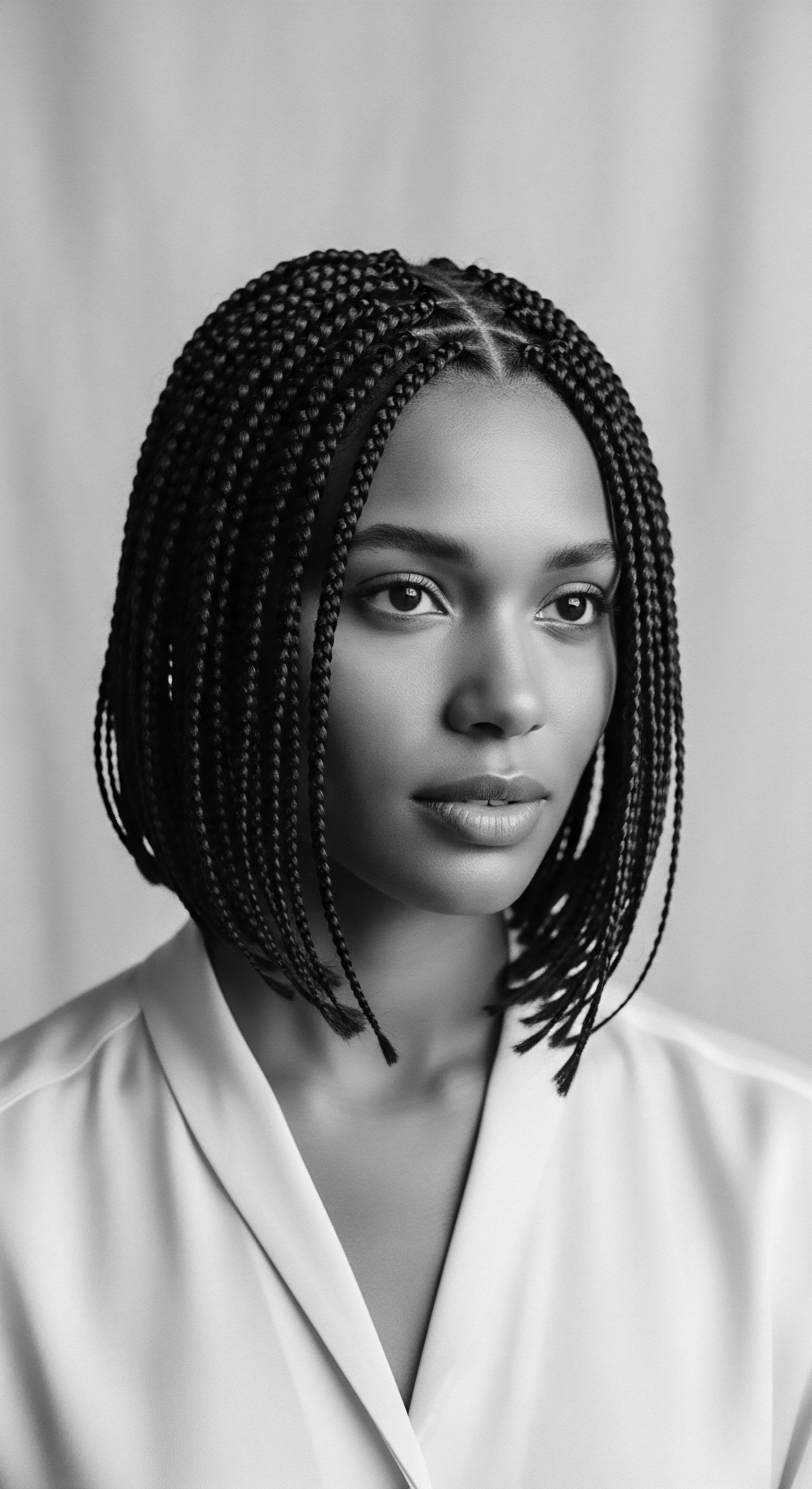
Historical Influences
Meaning ❉ Historical Influences detail the enduring impact of past societal, cultural, and biological factors on textured hair identity and care practices.

What is the historical meaning of Black hair styles?
Black hair styles are a profound historical record, reflecting identity, resistance, and ancestral wisdom through textured hair heritage.

Hair Extension Evolution
Meaning ❉ The Hair Extension Evolution signifies the historical, cultural, and biological journey of augmenting hair for identity, status, and expression within textured hair traditions.
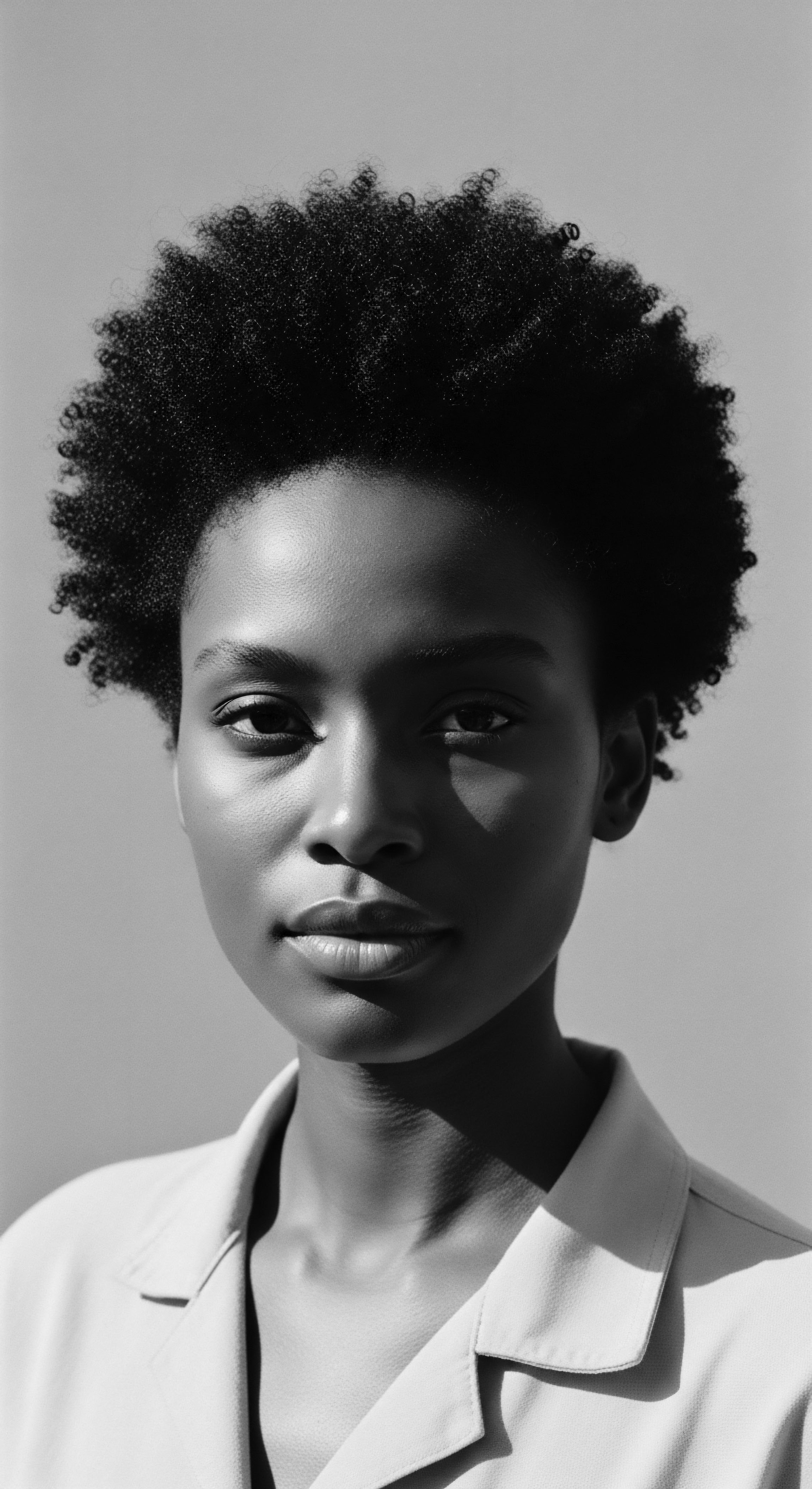
What symbolic meanings did hairstyles hold for enslaved Africans?
Hairstyles for enslaved Africans served as coded communication, spiritual connection, and a fierce reclamation of textured hair heritage.

In what ways did enslaved communities preserve hair traditions as resistance?
Enslaved communities preserved hair traditions as resistance by covertly maintaining ancestral styles and care rituals, transforming them into symbols of identity, community, and coded communication for survival.

What is the historical significance of textured hair as a symbol of identity and resistance?
Textured hair historically signifies identity and resistance, deeply rooted in ancestral heritage and cultural affirmation.
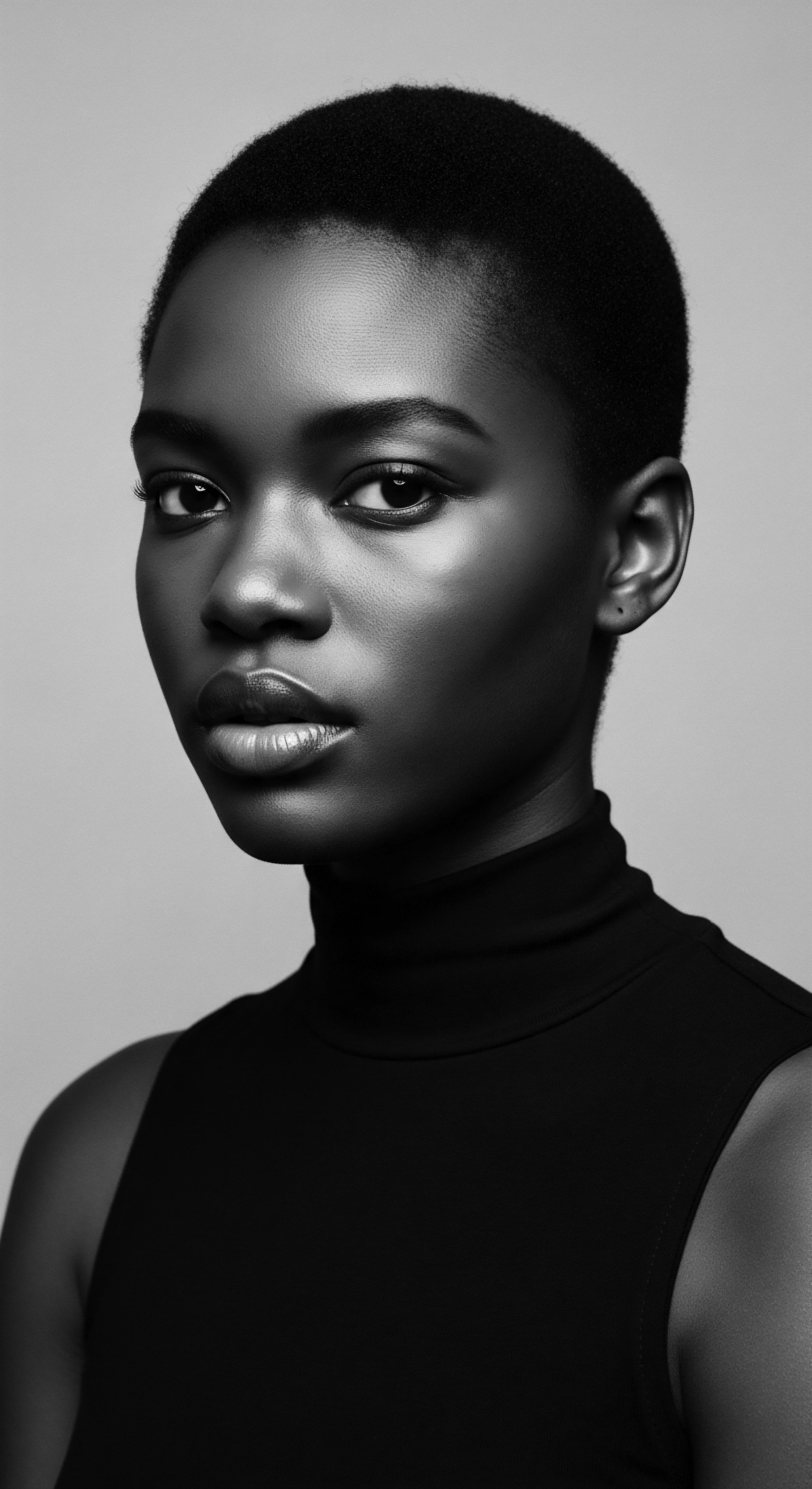
What role did hair play in resistance movements throughout textured hair heritage?
Hair served as a quiet yet powerful means of resistance, from conveying escape routes to proclaiming identity.

What historical roles did textured hair styles hold in communities?
Textured hair styles held roles of identity, status, spirituality, and resistance, deeply woven into communal heritage and survival.

